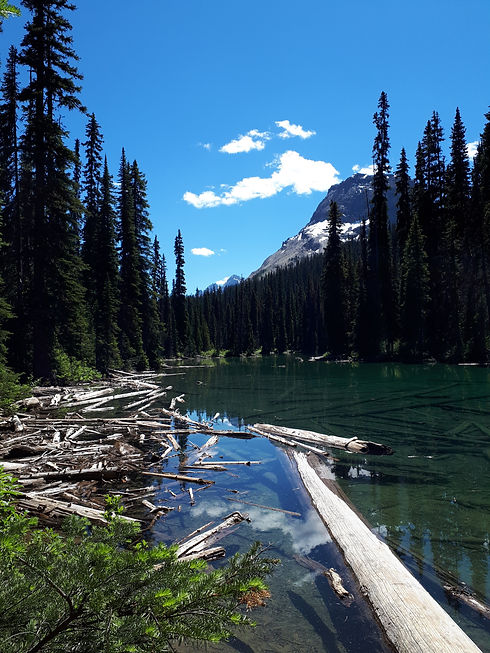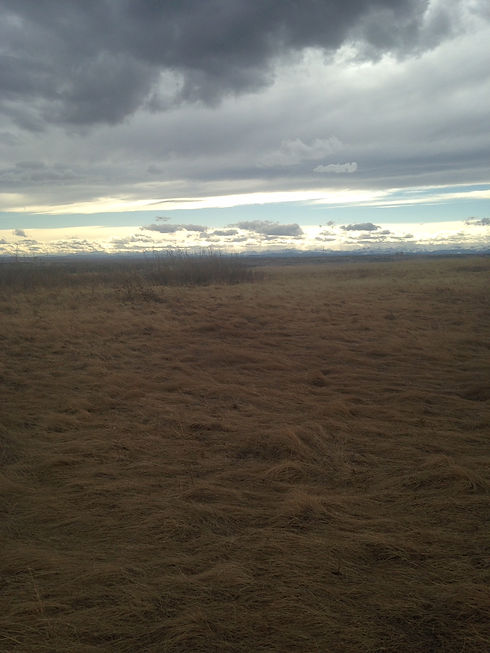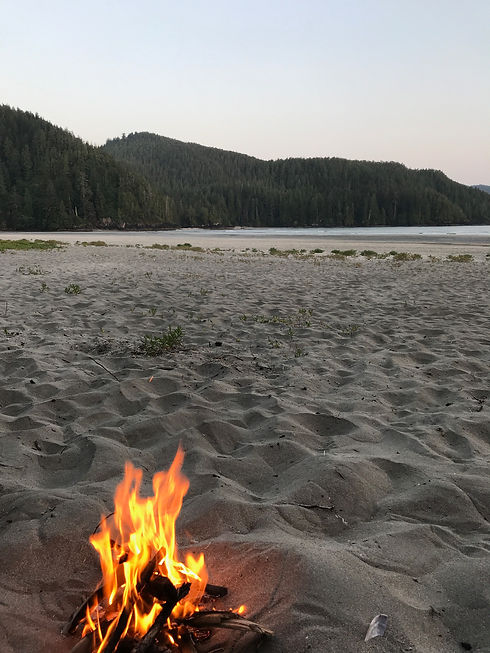Curriculum Mapping
“When curriculum is ‘a mile wide and an inch deep’, it does not allow learners to see connections among the things they are learning”
- Sharon Friesen
The above quote from Focus on Inquiry (2015, p.23) demonstrates the importance of balance when planning an interdisciplinary study. We had many discussions surrounding this topic, and the subjects we intended to include shifted many times. At first, we were trying to include three or even four disciplines with direct Program of Studies Outcomes, but we quickly realized that by doing so we would be skimming the surface. The quote above has been a wonderful reminder to not tackle too much with this project.
The main disciplines in our study are Social Studies and English Language Arts which are investigated through a lens of scientific inquiry, fostering innovation and creativity.
Social Studies
Through this unit students will study the geographic regions of Canada and Aboriginal perspectives of the land through an issues-focused approach to teaching. The project allows them to apply their learning to modern and relevant challenges in our society.
Students will gain an understanding of national identity, stewardship of the land, and social participation as a democratic practice through responsibility and collaboration for the well-being of the community.
Dimensions of thinking: critical, creative, historical, and geographic thinking.
Outcomes: 5.1.1, 5.1.2, 5.1.3, 5.2.1, 5.2.2


English Language Arts
Students will use multiple sources and perspectives to research and help build off of their existing personal knowledge and experiences. Students will take this research and their findings to organize and categorize information in order to answer the summative task.
Outcomes: 3.1, 3.2, 3.3
Connecting Subjects
The students will investigate concepts from social studies through a scientific lens. Students will apply front matter concepts such as problem-solving through technology, and scientific inquiry to topics such as human impact and geography.
There are also options for other subjects to connect to this study; for example:
- a connection to physical education through an outdoor field trip or nature walk
- a mathematical connection when looking at statistic and studies related to ecosystems and biodiversity


Technology Integration
"Technology can immerse students in complex environments in which they must build, not just reproduce knowledge" (Friesen et al., 2015, "The Essential Role of Technology". para 2.)
Our interdisciplinary study purposefully integrates technology to deepen students' understanding by intentionally focusing on technologies that provide students with opportunities to apply higher-order thinking and creativity skills, while simultaneously supporting diverse learners.
Students will use a variety of technological mediums such as Microsoft office, Google Docs, YouTube, online resources, Skype, iPads, and interactive SMART boards to research their National Park, manage and synthesize data, interact with experts in the field, and create their final project. Students will also be provided with voice-to-text technology to assist with their writing development and efficiency.
The integration of technology in our study will provide students with the opportunity to learn to “think critically: conceptualize, apply, analyze, synthesize, and evaluate to construct knowledge” (Alberta Education, 2013, p.2). Additionally, the use of technology will help students develop the 21st century skills needed to solve complex problems, create new ideas, apply multiple literacies and work cooperatively with others (Alberta Education, 2013, p.2).